Peace Sign Turns 50
It started as a rallying image for the British anti-nuclear movement in the late '50s and went on to become one of the world's most instantly recognizable -- and widely adopted -- symbols. But did you know that the iconic peace sign was originally derived from the semaphore alphabet?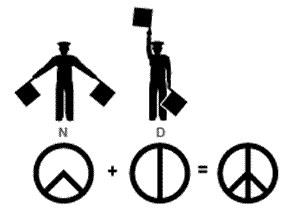
It started as a rallying image for the British anti-nuclear movement in the late ’50s and went on to become one of the world’s most instantly recognizable — and widely adopted — symbols. But did you know that the iconic peace sign was originally derived from the semaphore alphabet?
Your support matters…BBC:
Gerald Holtom, a designer and former World War II conscientious objector from West London, persuaded DAC [Direct Action Committee Against Nuclear War] that their aims would have greater impact if they were conveyed in a visual image. The “Ban the Bomb” symbol was born.
He considered using a Christian cross motif but, instead, settled on using letters from the semaphore — or flag-signalling — alphabet, super-imposing N (uclear) on D (isarmament) and placing them within a circle symbolising Earth.
Independent journalism is under threat and overshadowed by heavily funded mainstream media.
You can help level the playing field. Become a member.
Your tax-deductible contribution keeps us digging beneath the headlines to give you thought-provoking, investigative reporting and analysis that unearths what's really happening- without compromise.
Give today to support our courageous, independent journalists.
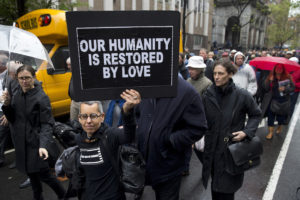
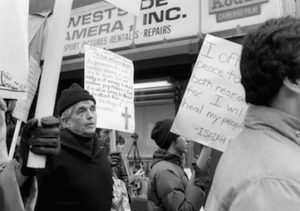
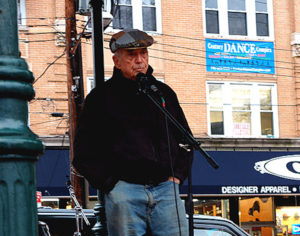
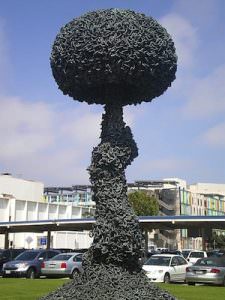
You need to be a supporter to comment.
There are currently no responses to this article.
Be the first to respond.